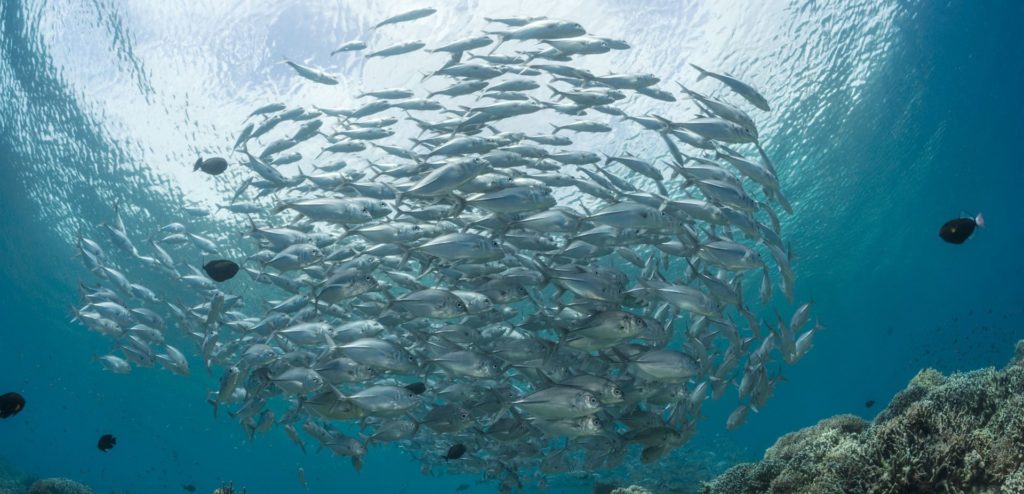Film and television have been promising them for years, and although we will probably survive without hoverboards and robot butlers, self-driving cars could do a lot of good. In the US alone, over 37,000 people die in traffic collisions each year. Around the world car accidents cost billions in road maintenance, insurance claims and emergency service actions, as well as tragedy for those involved. But even though driverless cars have been in development since the 1920s, the latest technology is yet to fully convince the public.
Nissan’s engineering director, Toru Futami has created robots named EPORO that mimic the movements of schooling fish. This will help to integrate autonomous cars with human-operated vehicles in the future. When fish move as a group they travel at close distances without colliding into one another, and mimic each other’s movements to create seamless group movement.

Fish achieve this by detecting tiny changes in water pressure created by others in the shoal around them. Lines of sensors along the flanks of the fish allow information about environmental changes to be processed by the nervous system quickly to generate a response, Nissan’s robots use 180-degree laser technology to monitor the positions of the other robots and travel extremely closely and at high speeds without making contact. In the future, if all cars were able to operate using this technology, it could eliminate the need for stopping signals and road markings. This would allow more cars on the road with less congestion, as well as saving lives.















